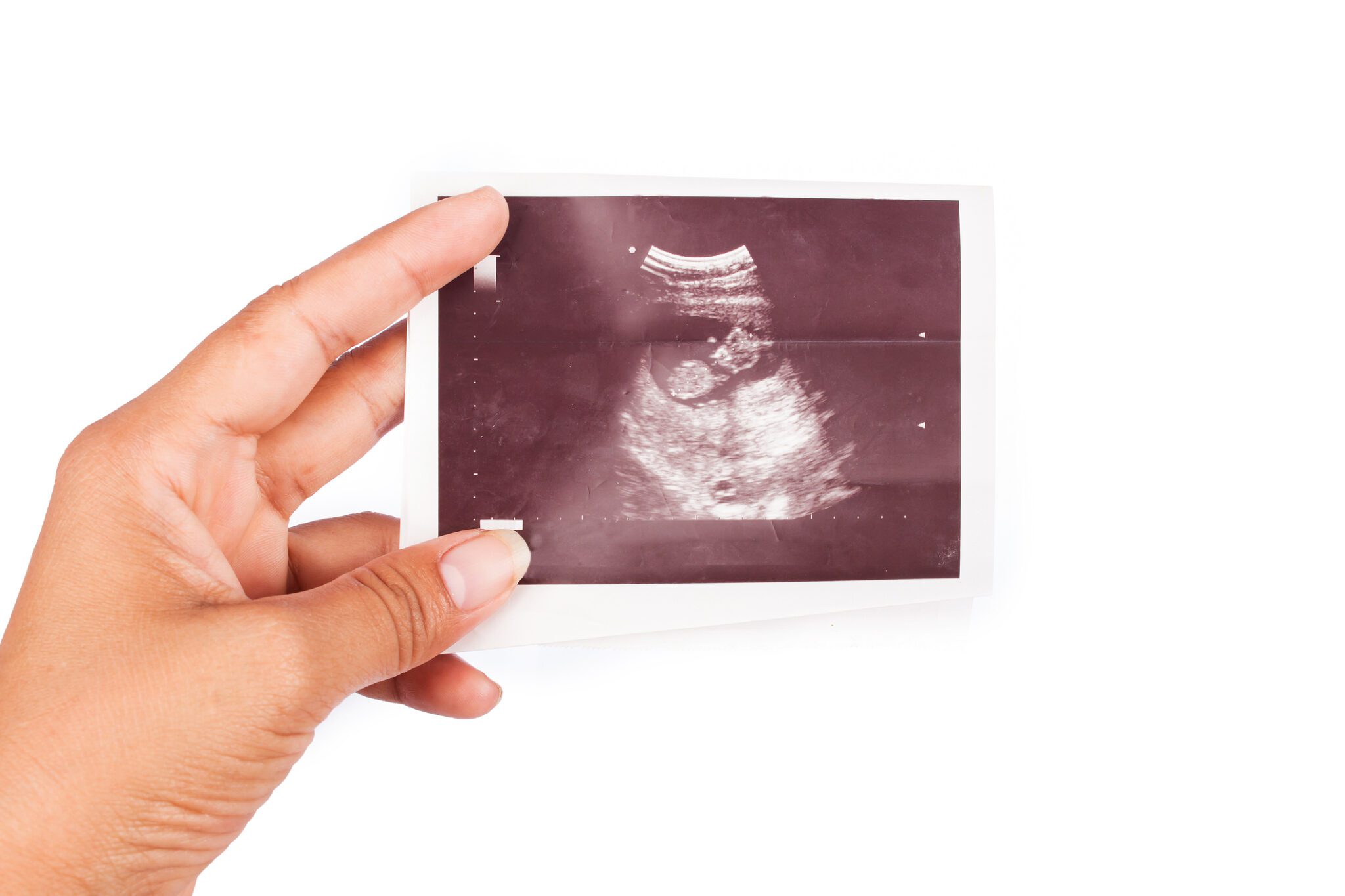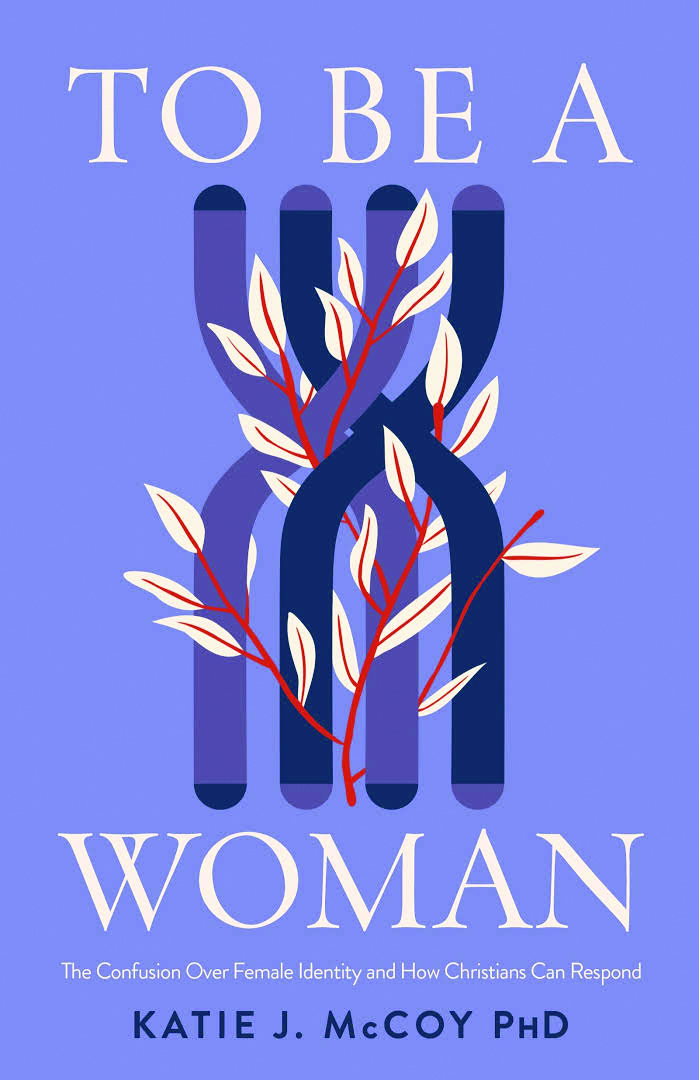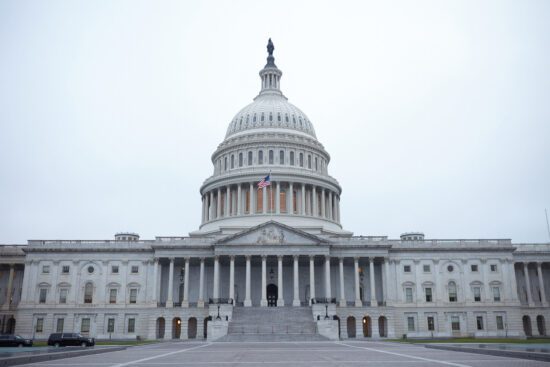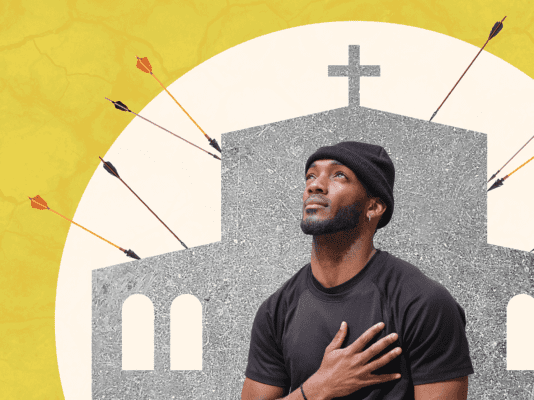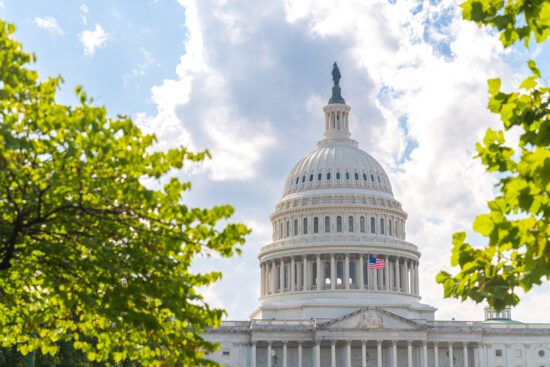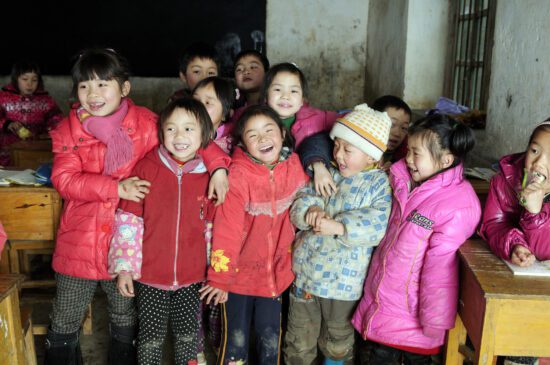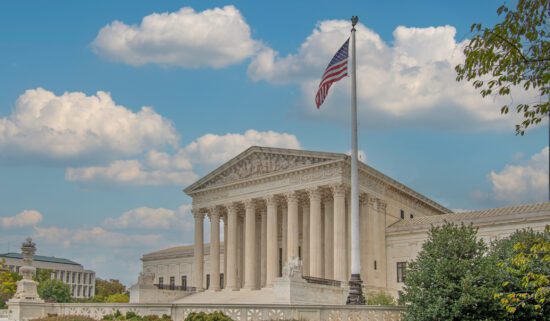We live in an age of chaotic confusion regarding gender and sexuality. Things that seemed obvious to nearly everyone merely a decade ago are now considered uncertain for increasing numbers of Americans. Aside from isolated avant garde academic circles, no one in 2013 would have guessed that one of the biggest questions of 2023 would be: “What is a woman?”
Confusion around these topics also permeates our churches. Most Southern Baptists have a reflexive and intuitive understanding of what a woman is, an understanding that is grounded in a biblical view of the world. However, many of them are perplexed regarding how our culture arrived at this point and are not quite sure how to effectively engage the people behind the headlines in order to reach them for Christ. On both points, Katie McCoy’s book, To Be A Woman, provides clarity and direction. It is a boon to Southern Baptists and other Bible-believing Christians who want a quick, accessible introduction to these issues.
In perspective and approach, McCoy is thoroughly orthodox and thoroughly shaped by the gospel. From the beginning, she lets readers know that she believes “the Bible is God’s revelation of Himself and that what it says about male and female, gender, sexuality, sin, redemption, and everything else is true” (9). She also highlights the ministry opportunity that these cultural developments have wrought.
Providentially present in this age of confusion, believers possess the gospel message of hope that broken people who seek peace with their bodies need to hear. “We are His ambassadors,” she reminds us, “His messengers entrusted with good news: they don’t have to settle for their brokenness. He offers them wholeness. He gave his own body to recover and restore those who feel alienated with their own bodies. Better still, He brings them into the body of Christ” (14).
McCoy’s significant intellect and ability are obvious. Throughout To Be A Woman, she draws on her own expertise as a theologian as well as assimilating large swaths of information from other experts and drawn from studies. At the same time, she employs illustrative stories throughout each chapter that make the book both engaging and relevant for a larger audience.
History and contradiction
In the early chapters, McCoy outlines how we arrived at this cultural moment, succinctly sketching out the philosophical factors that have made freedom for self-expression the highest good, and sexual orientation and gender identity the most important forms of self-expression. Today, any attempt to even suggest limiting self-expression or to point to an authority beyond the self is considered oppressive. This is despite the demonstrable damage—both mental and physical—that such an approach has produced.
Far from helping women (or men) struggling with gender identity, affirmative care has not delivered on its promises, as evidenced by the growing detransitioning movement.
In the middle chapters, McCoy rightfully points out the contradiction at the heart of the cultural affirmation of these trends. On the one hand, gender is not determined by one’s physical body. A person should not feel compelled to look or act in a certain way just because they are biologically male or female. Such expectations are cultural stereotypes that too often serve to hinder self-expression and each person’s pursuit of their authentic self.
On the other hand, if a person “feels” that their true gender is contrary to their biological sex, then they should embrace that feeling. How? By adopting the appropriate cultural expressions of what it means to be a man or woman, by undergoing hormone therapy, and, eventually, by changing their physical bodies to conform them to whatever biological sex they “feel” represents their true self. In this cultural moment, biological sex does not determine or shape gender—until it does.
Unsurprisingly, McCoy objects to this line of thinking both on scientific and theological grounds. Scientifically, there are simply too many biological differences between males and females to ignore. Theologically, bodies matter because God created human beings as embodied creatures, and biological sex matters because he created their bodies as “male and female.”
As McCoy puts it, “The sexed body was designed to correlate with the gendered self” (98). This biological binary is not an obstacle to people living full, authentic, flourishing lives. Rather, it is a good, and an integral part of the way in which they do so. Designed by God, “Maleness and femaleness have a purpose” (98).
Our ultimate aim
In the final chapters of the book, McCoy focuses on practical approaches to engaging the chaos that swirls around gender and sexuality, tackling issues like pronouns, smartphone use, and education. Although drawn from her own biblical study and deep thinking on these issues, these are not in-depth studies. Rather, they are quick introductions to an issue, followed by solid recommendations. Covering enough to satisfy some readers, these chapters will spur others on to further study.
As she rounds out these chapters, McCoy reminds us of our priority as we engage: Our goal is not the defeat of gender ideology, but the transformation and restoration of people made in God’s image to relationship with him. We love people because God loves them, and “we speak out against ideas and practices that harm them” (135). As we do so, we run toward the individuals who have been overtaken by the hollow promises of gender ideology and commit to the long, arduous work that will rescue them from this cultural tyrant. Why? Because as human beings made in God’s image, they are worth it.
Throughout To Be A Woman, McCoy is thoughtful, but she is never nuanced in such a way that prohibits her from drawing firm conclusions that provide helpful guidance to readers. As a result, this book will serve churches well. I heartily recommend it for anyone who wants to understand these issues better, especially if they share McCoy’s concern for the broken people whose bodies—and lives—are literally being destroyed in this age of gender confusion.


